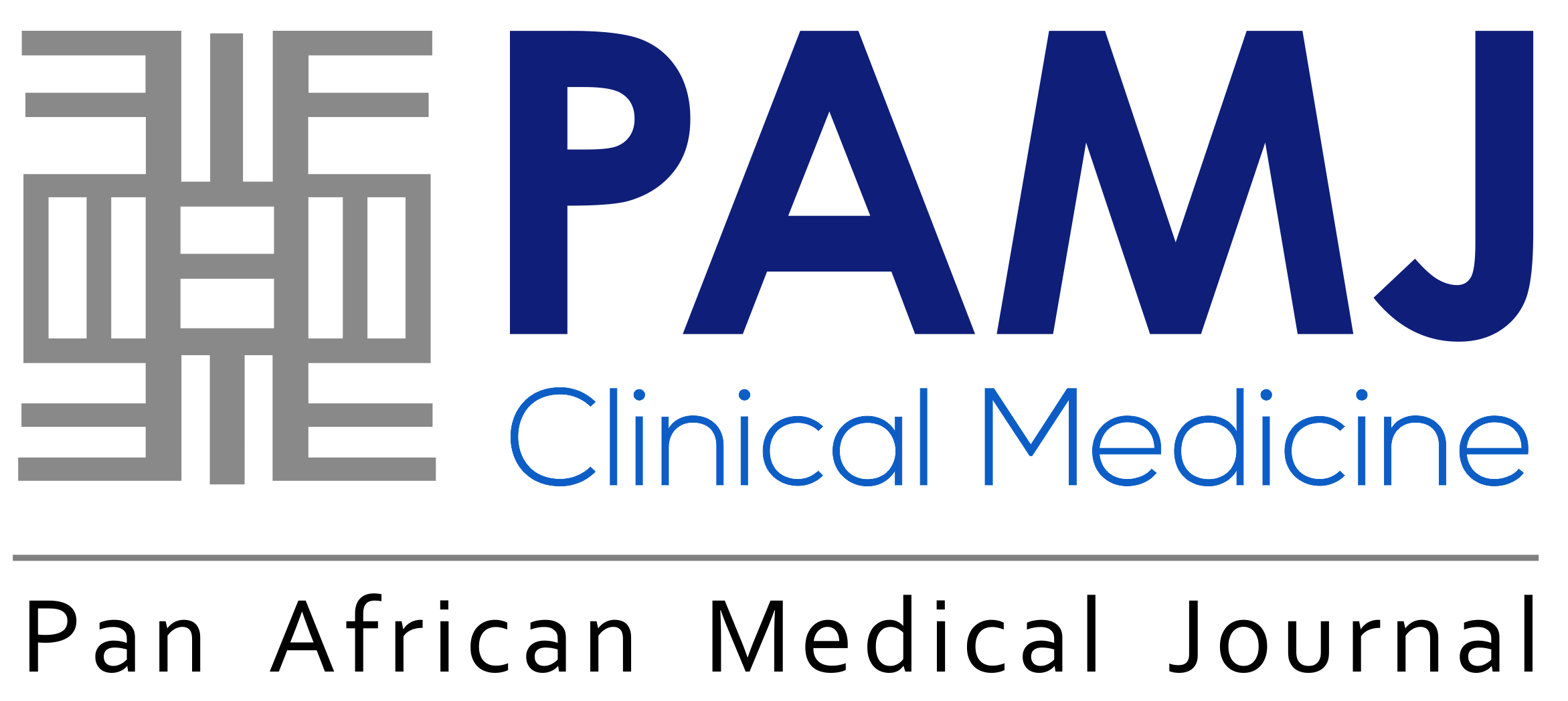Ingestion of hydrochloric acid in adults
Hanane Delsa, Anass Nadi
PAMJ-CM. 2020; 3:100. Published 09 Jul 2020 | doi:10.11604/pamj-cm.2020.3.100.24527

Corresponding author
Hanane Delsa, Gastroenterology Unit, Cheikh Khalifa International Hospital, Faculty of Medicine Mohammed VI University of Health Sciences (UM6SS), Casablanca, Morocco (hdelsa@um6ss.ma)
This image
| Articles published in PAMJ-CM are Open Access and distributed under the terms of the Creative Commons Attribution 4.0 International (CC BY 4.0). |  |

eISSN: 2707-2797
The PAMJ Clinical Medicine (ISSN: 2707-2797) is a subsidiary of the Pan African Medical Journal. The contents of this journal is intended exclusively for professionals in the medical, paramedical and public health and other health sectors.
Currently tracked by: DOAJ, AIM, Google Scholar, AJOL, EBSCO, Scopus, Embase, IC, HINARI, Global Health, PubMed Central, PubMed/Medline, ESCI
Physical address: Kenya: 3rd Floor, Park Suite Building, Parkland Road, Nairobi. PoBox 38583-00100, tel: +254 (0)20-520-4356 | Cameroon: Immeuble TechnoPark Essos, Yaounde, PoBox: 10020 Yaounde, tel: +237 (0)24-309-5880





